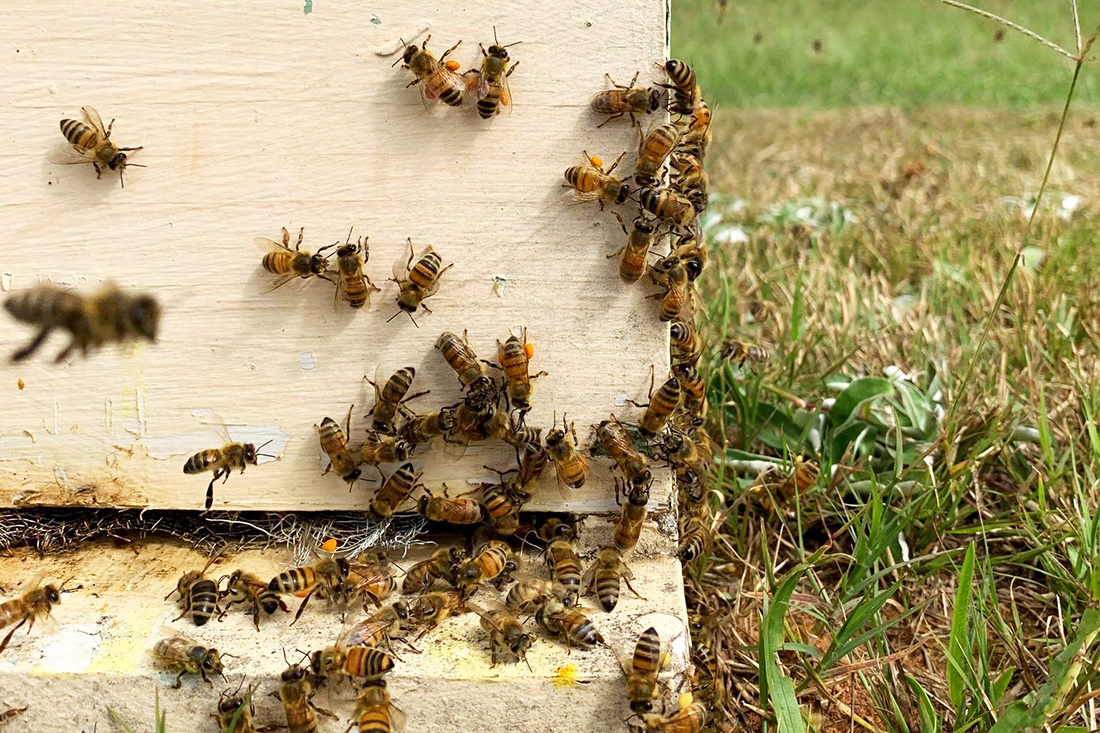Georgia is well-known for many of the Brassica crops grown here. Cabbage, collards, turnips and mustard are all members of this family.
Chinese cabbage is another family member that will do quite well in the Georgia climate.
There are two basic types of what is normally called Chinese cabbage. Heading types, the Brassica rapa Pekinensis group, are referred to mostly as Chinese cabbage.
Leafy types, the Brassica rapa Chinensis group, are most often called bok choy or pak choi. These are also called celery mustard, pei tsai, chongee and Japanese white celery mustard. They have shiny, dark-green leaves and a large, white midrib.
Both types are important in the diets of many Asian countries. As stir-frying and eating green leafy vegetables grow more popular, they are getting more important in the American diet.
Chinese cabbage can be stir-fried, cooked as a green or eaten in raw salads. It's often used in soups and egg rolls as well as being pickled.
Originating in Asia, it has been known as a crop since around 2000 B.C. It wasn't introduced to the United States, though, until the late 1900s.
Chinese cabbages aren't generally round like regular green cabbage. They're usually tall like romaine lettuce, with a central midrib in the broad leaf.
Among the heading types are two versions of the plant. Napa types produce barrel-shaped heads. They're mainly short and broad, weighing from three to nine pounds. Chihili or Michihili types have tapered heads 15-20 inches long. These grow upright and weigh two to five pounds.
Chinese cabbage is a cool-season annual crop. It grows best between 55 and 70 degrees. It can stand light frosts, but doesn't tolerate freezing.
Great heat or cold in the seedling stage can cause bolting (premature flowers) and ruin the heads. For this reason, there are windows for growing the crop best during the year.
Probably the best time to grow Chinese cabbage is in the fall. But it will make a good spring crop when it can be transplanted to avoid late freezes and can be picked before it gets hot (over 90 degrees).
For south Georgia the best fall transplanting time would be from late August to late September. Or direct-seed the crop from mid-August to mid- September. Transplanting in early March is best for spring.
Adjust transplanting and seeding times for other parts of the state to later in the spring and earlier in the fall.
Although the crop can be direct-seeded, transplanting is best, particularly in spring. Space plants nine to 16 inches apart in rows 24 to 40 inches apart.
Grow the crop much the same as common cabbage. It requires a pH of 6.0 to 6.5. Calcium and magnesium levels are important, so use complete fertilizers.
Apply nitrogen and potassium one-third at planting and the rest in two side-dress applications.
Among Napa varieties, Tropical Pride, Tropical Delight, China Pride and China Express are popular. Jade Pagoda, Market Pride and Monument are good Chihili varieties. And Mei Qing Choi, Choi Lei Choi and Joi Choi are popular bok choy varieties.
Chinese cabbages grow fast and will only require 40 to 70 days from transplanting to harvest, depending on variety. Direct-seeded crops take longer to mature.
The crop will have firm heads at maturity, but not as firm as a traditional cabbage.
Cut the entire head at the soil level. Discard any ragged or diseased leaves. Then wash the heads, chop them up and get the skillet hot for some stir- fry right out of the garden.






